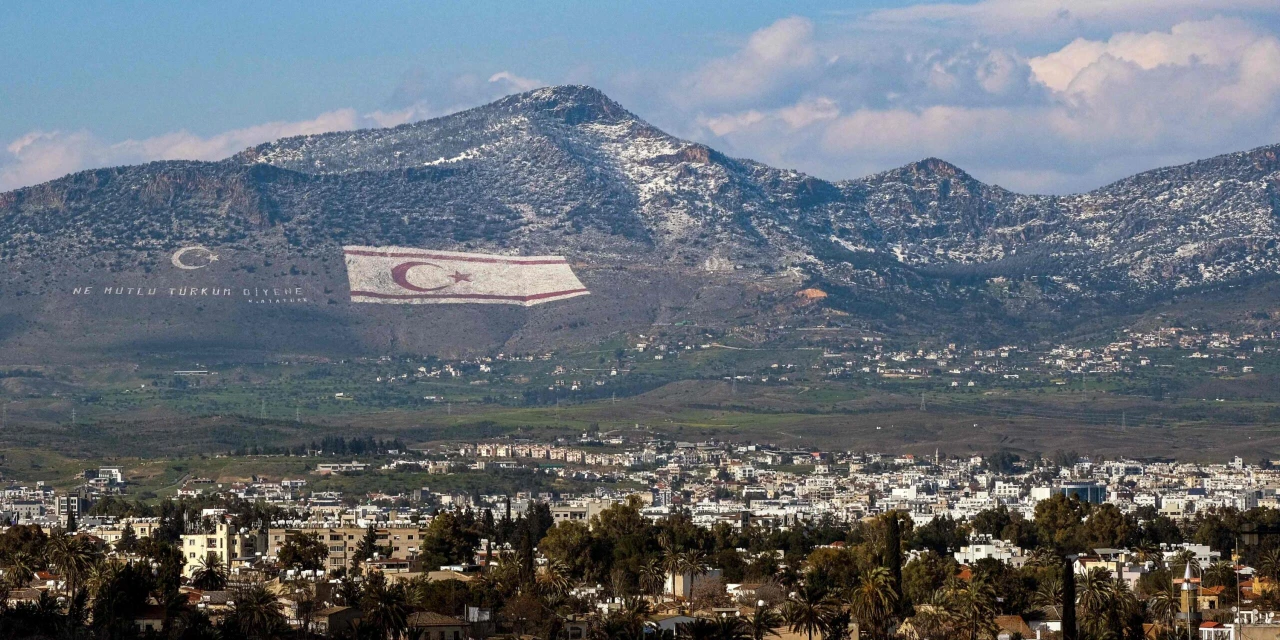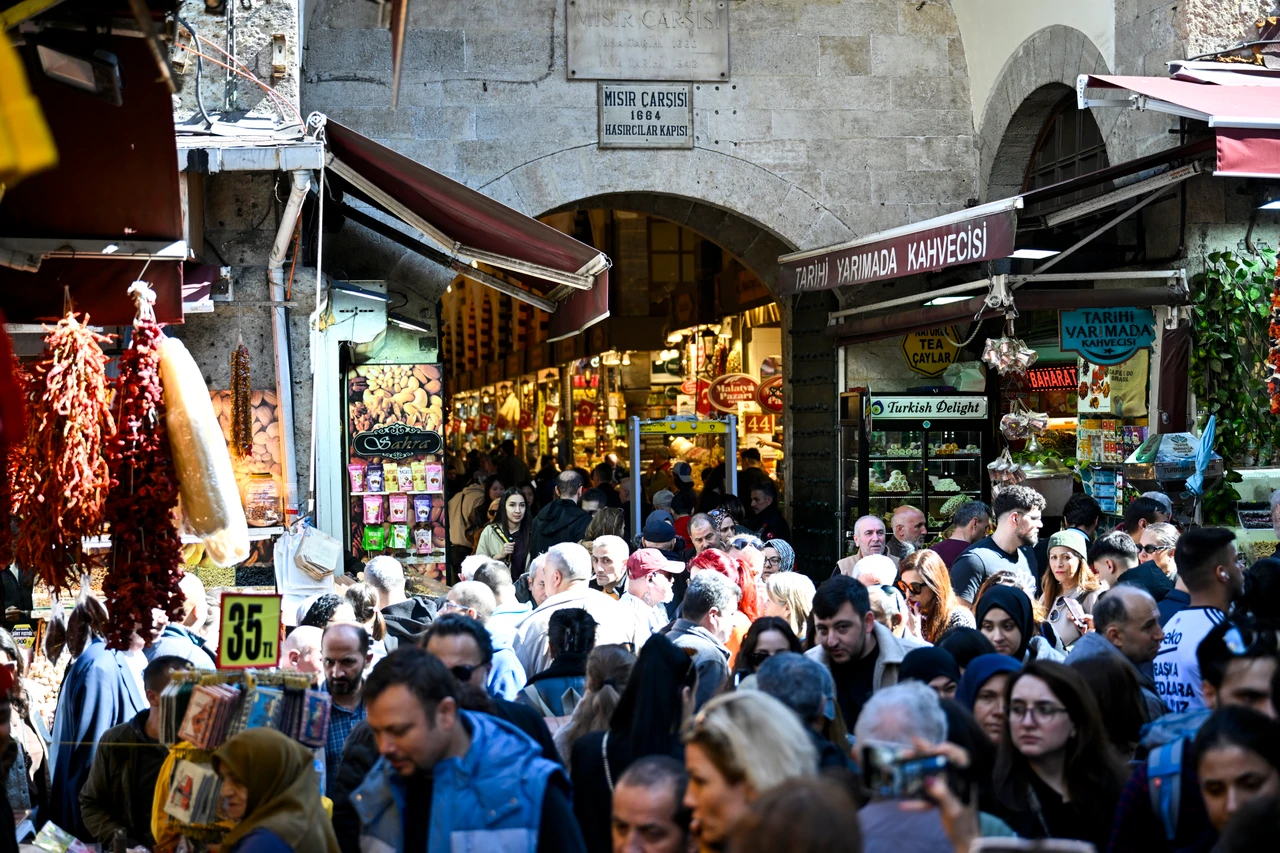‘These are purely volcanic earthquakes,’ expert says about Santorini tremors
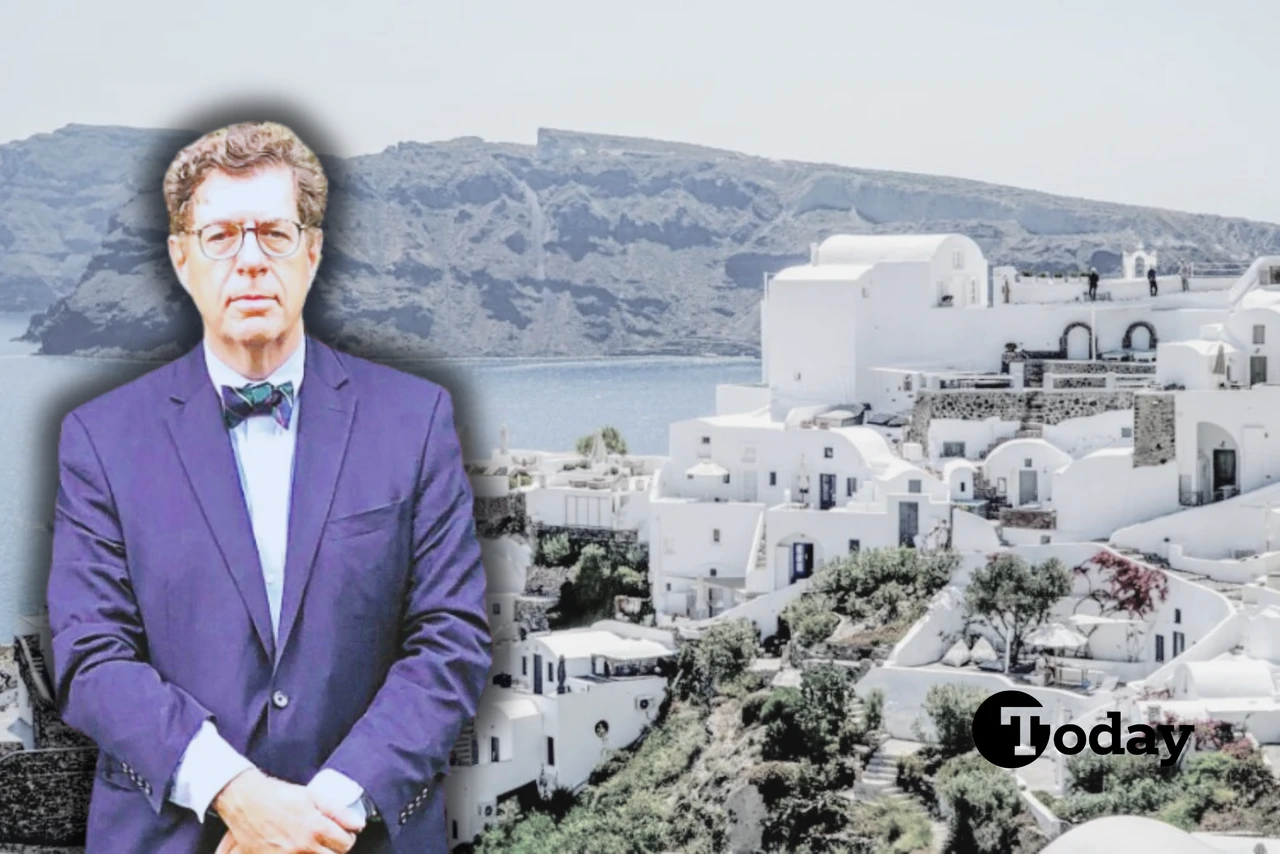 Experts warn of volcanic earthquakes near Santorini as tremors continue, Greece, Feb. 17, 2025. (Created with Canva)
Experts warn of volcanic earthquakes near Santorini as tremors continue, Greece, Feb. 17, 2025. (Created with Canva)
Greek experts are closely monitoring ongoing tremors in the Aegean Sea, warning that continued seismic activity could be linked to increased volcanic movement beneath Santorini.
While the possibility of a larger earthquake, tsunami, or volcanic eruption remains uncertain, scientists emphasize the need for preparedness as the region remains active.
Scientists warn that these are not just tectonic tremors but volcanic earthquakes, signaling potential magma movement beneath Santorini.
When was the most recent earthquake in Santorini?
A 5.1-magnitude earthquake struck early on Feb. 17, in the sea between Santorini and Amorgos, making it the strongest recorded tremor of the day.
- The quake followed a 4.5-magnitude tremor at 1:08 a.m. and a 4.2-magnitude tremor at 10:55 PM on Feb.16
- The seismic activity was felt strongly in Attica, raising concerns among experts and residents
- The biggest earthquake recorded since the beginning of late January has been 5.3-magnitude
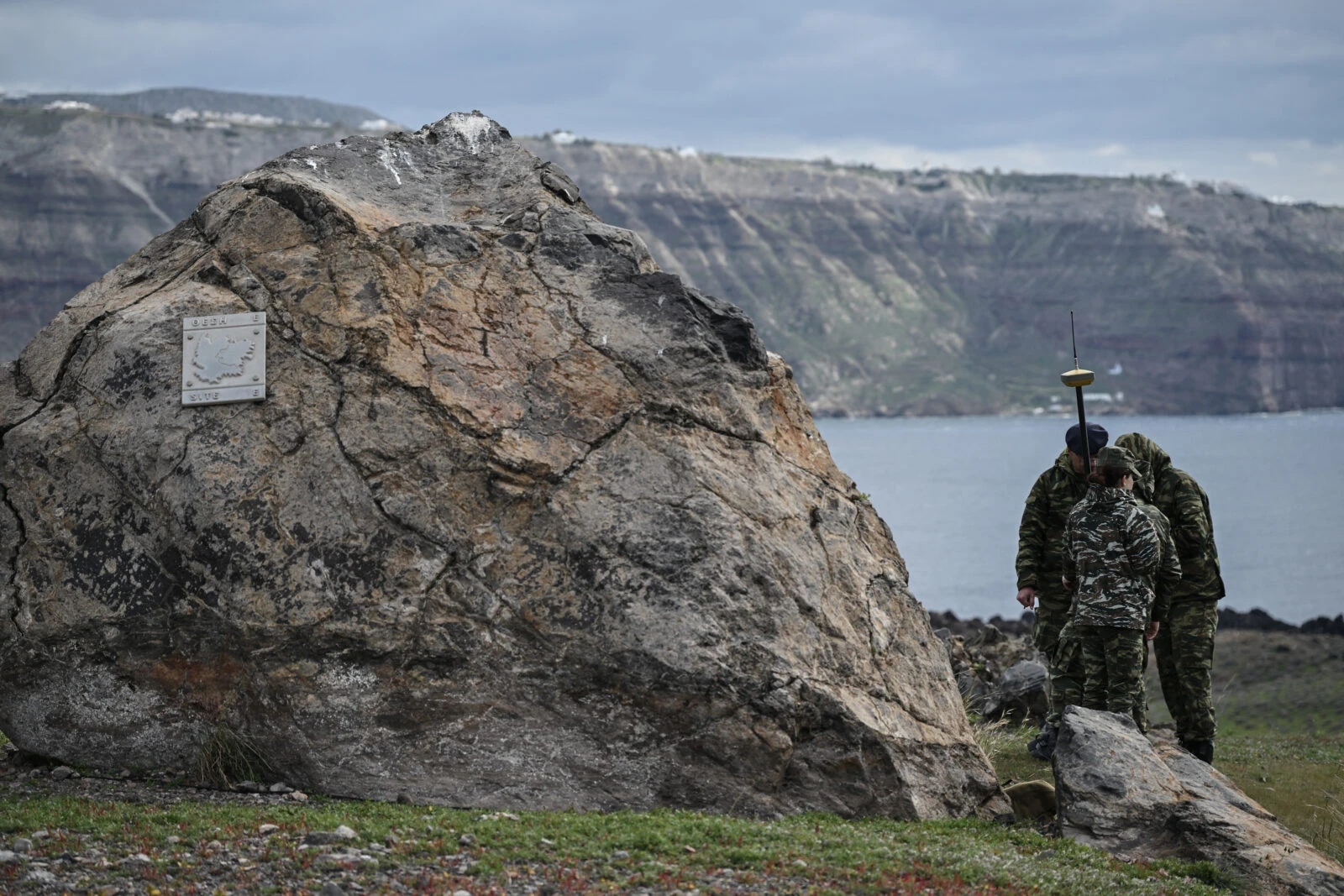
Experts explain link between ongoing seismic swarms, volcanic activity near Santorini
Seismologists have been closely monitoring the area because of a sharp increase in earthquake frequency over recent weeks.
The National Observatory of Athens’ Geodynamic Institute reported that more than 16,900 earthquakes of at least 1.0 magnitude have occurred in the region between January 26 and February 14.
Professor of Seismology Kostas Papazachos warned that the seismic activity could last for months. “This is a reality we cannot ignore. The sequences include fluctuations in intensity, making it difficult to predict the next phase,” he said.
Seismologist Athanasios Ganas from the Geodynamic Institute noted the tremors were accompanied by harmonic vibrations, indicating magma movement beneath the surface. “While this activity does not necessarily mean an eruption will happen, it remains a possibility,” he explained.
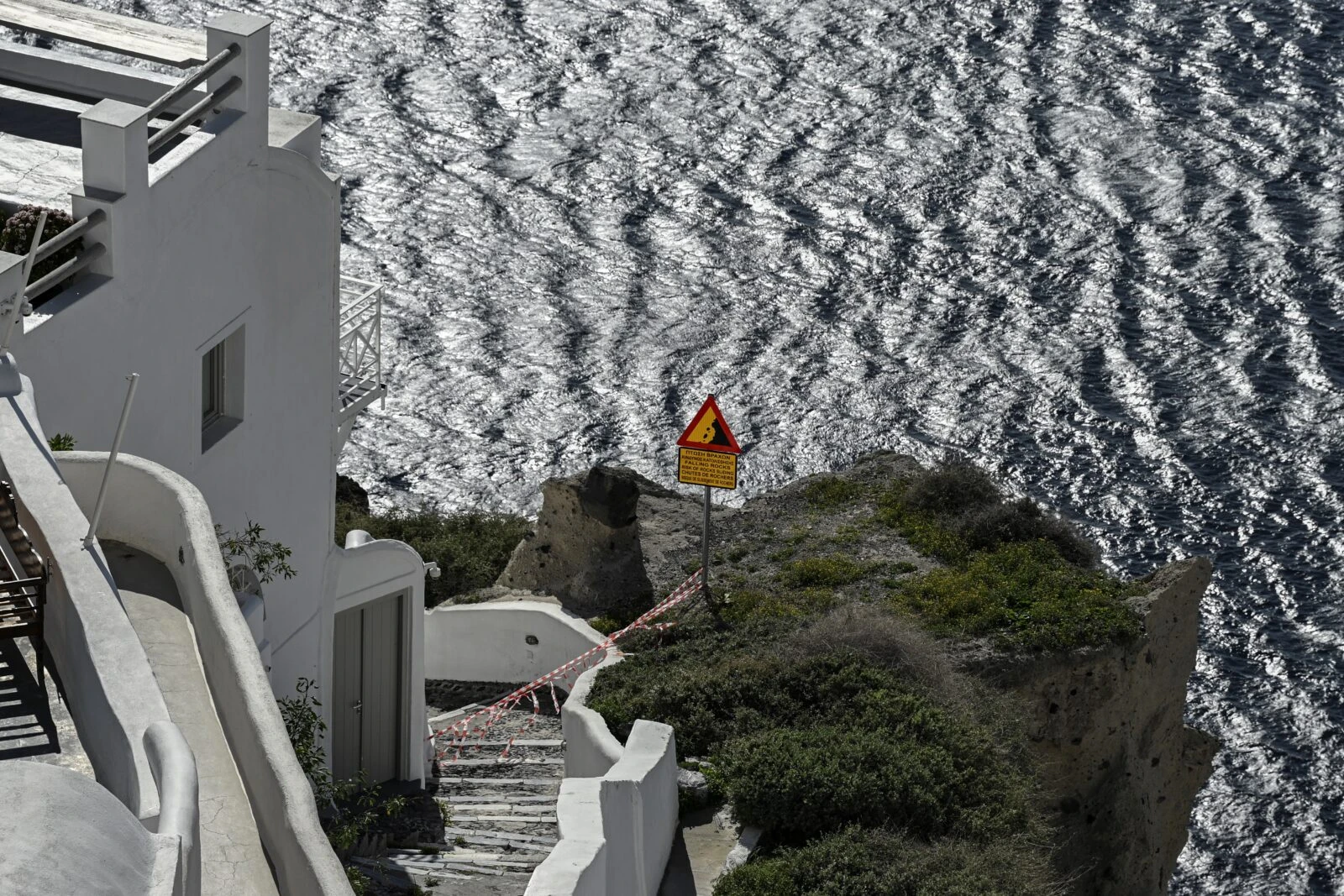
Natural hazard expert Synolakis: ‘These are purely volcanic earthquakes’
Professor Costas Synolakis, professor of Civil Engineering at the University of Southern California and chair of Earth Sciences of the Academy of Athens, emphasized that the recent seismic activity is “purely volcanic.”
Last night, we recorded tremors of a different type, indicating that volcanic magma is rising. Even though the shaking stopped within an hour and a half, it was evident that these were purely volcanic earthquakes.
A volcanic swarm occurred, which, as seismologists describe, had an immense amount of noise.
He stressed the need for an international collaboration of experts to assess the situation comprehensively.
Now is the time for a broader scientific discussion, including experts from abroad who have experience with similar phenomena. We cannot rely solely on our knowledge from 2011. We must compare this situation with numerous other cases to understand where it is leading.
Synolakis also warned that the drop in the number of earthquakes should not be mistaken for reduced risk.
We cannot assume the situation is improving just because the number of earthquakes is declining. If their nature is changing so rapidly and they are becoming distinctly volcanic, then we must reassess the phenomenon.
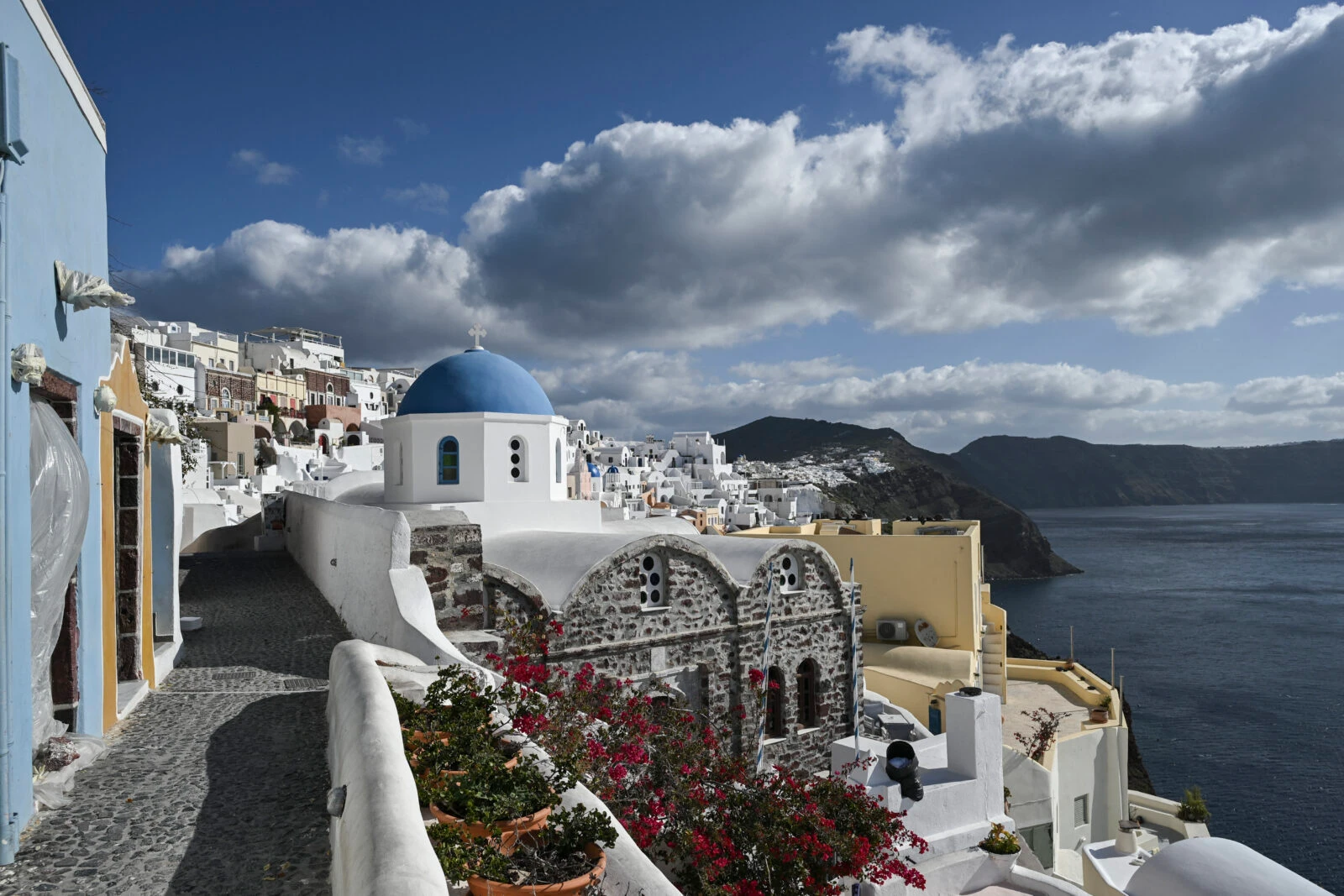
Authorities impose safety measures as seismic activity continues in Santorini
Greek authorities have implemented preventive measures, particularly in the Cyclades islands.
Schools in Santorini, Ios, Anafi, and Amorgos will remain closed until at least February 21 while experts reassess the situation. Officials urge residents and tourists to take precautions, including:
- Avoiding large indoor gatherings
- Staying away from abandoned or unstable buildings
- Steering clear of coastal areas in case of strong aftershocks
- Removing heavy objects from high places to reduce indoor hazards
- Using safe routes when moving around hilly or rocky terrains to avoid landslides
Seismologist Vassilis Karastathis reassured the public that while the risk remains, authorities are monitoring the situation. “We are seeing a high frequency of minor quakes, suggesting ongoing geological adjustments rather than an imminent major eruption,” he said.
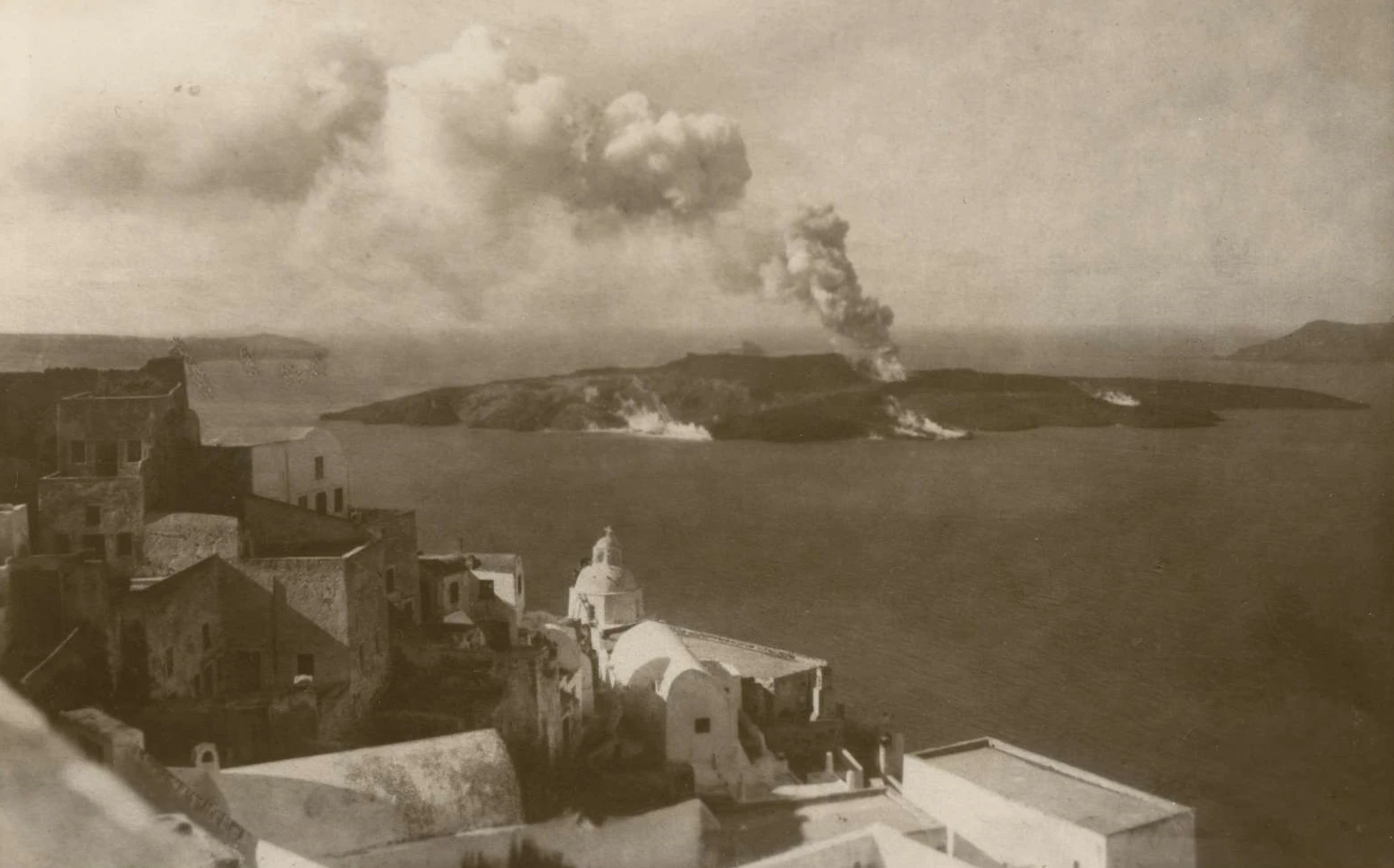
Volcanic earthquakes raise concerns about possible eruption scenarios
Scientists monitoring Santorini’s caldera noted an increase in harmonic tremors, which are often linked to magma rising toward the surface.
Professor Luis Donoso of the University of Chile confirmed that recent seismic patterns indicate pressure buildup beneath the island. “The volcano has not fully awakened, but the harmonic tremors and pressure build-up suggest significant underground shifts,” he said.
Greek scientists have been comparing current data with the 2011-2012 seismic activity, which did not lead to an eruption. However, volcanologist Mike Barton from the University of Manchester cautioned that the nature of these tremors remains uncertain.
“We often see prolonged unrest with no immediate eruptions or sudden eruptions after minor tremors. We need to remain vigilant and prepared,” he said.
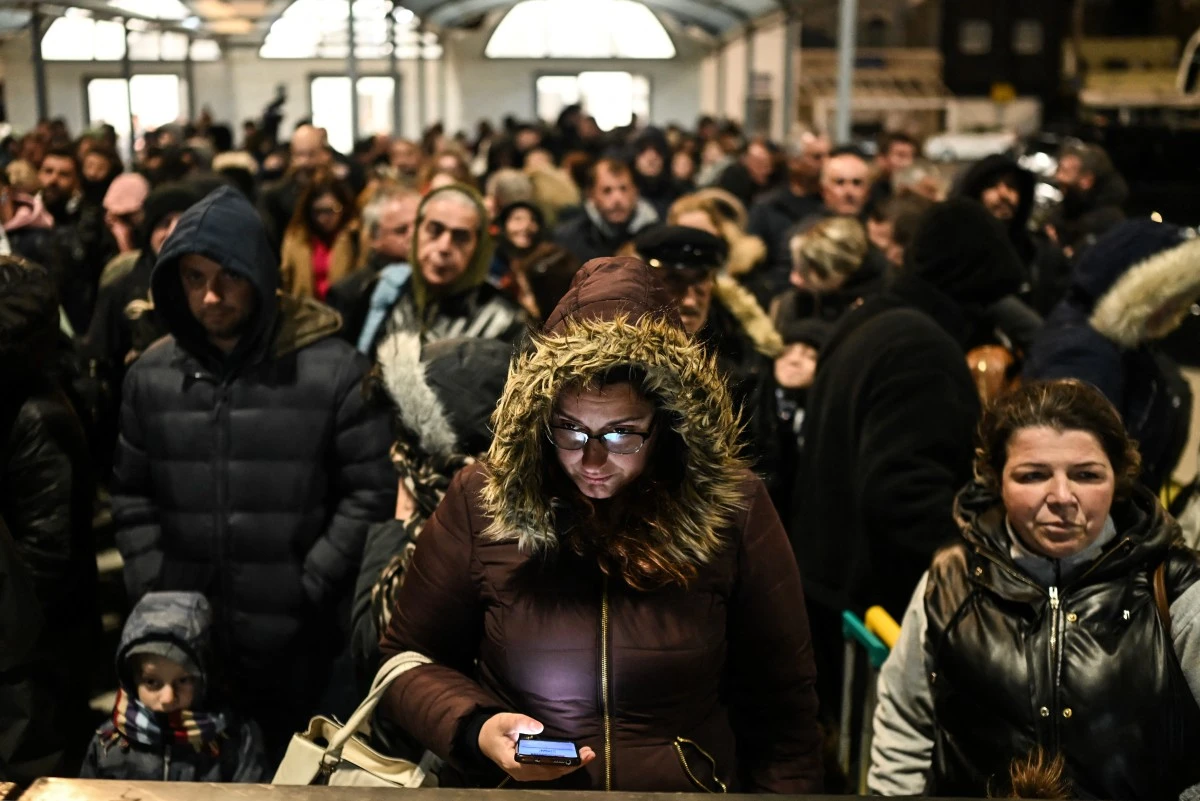
Santorini’s tourism sector sees decline as uncertainty persists
The seismic activity has caused concern among local businesses and the tourism sector. The general secretary of the Santorini Hoteliers Association, Margarita Karamolegkou, noted a drop in hotel bookings.
“We need government support. Beyond preventive measures, we require infrastructure improvements such as reinforced evacuation routes and a stronger port structure,” she stated.
Geologists warn that Santorini’s coastline and port areas may be vulnerable if volcanic activity escalates. Professor Evi Nomikou from the National and Kapodistrian University of Athens emphasized the need to monitor the seabed.
“We need combined research methods to evaluate these geological processes and ensure the safety of residents and visitors,” she said.
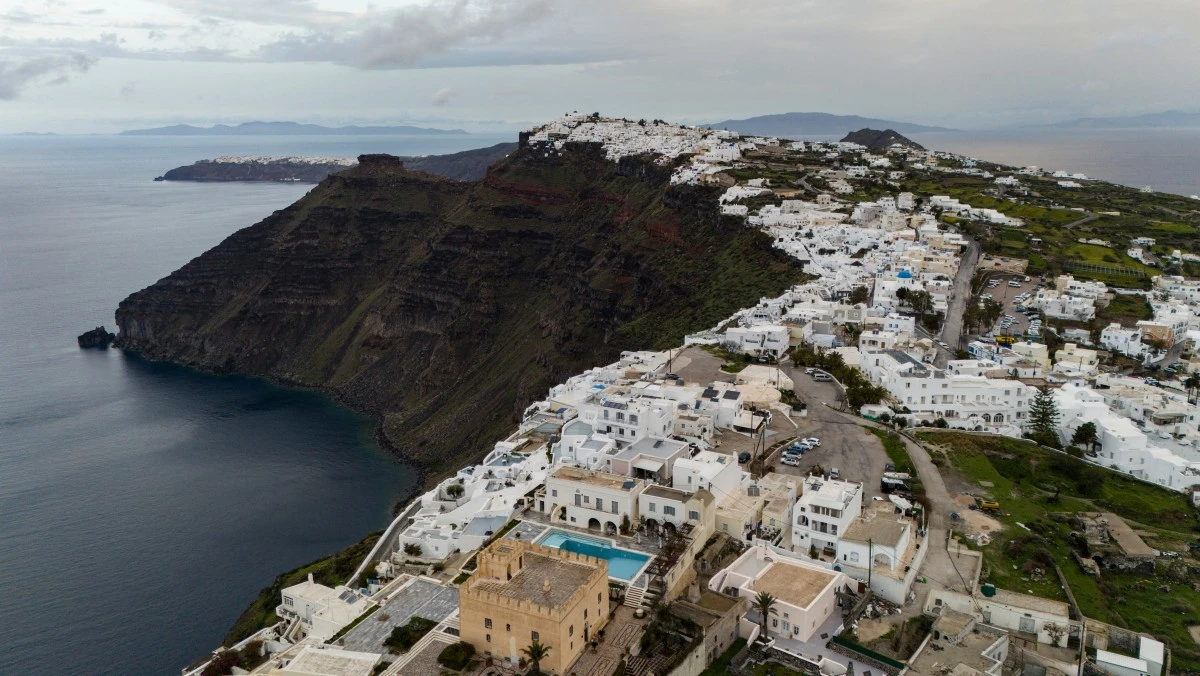
Future predictions remain uncertain as scientists analyze ongoing activity
Experts remain divided on the likelihood of a volcanic eruption. Some believe the seismic activity will stabilize in the coming weeks, while others warn that magma movement remains unpredictable.
The Hellenic Volcanic Arc Monitoring Committee has reported increased ground deformation, which could indicate magma buildup beneath Santorini.
Professor Giorgos Vougioukalakis, a volcanologist and member of the National Committee for Active Volcano Monitoring, stated that the current seismic activity resembles the patterns seen before Santorini’s last eruption in 1925.
“We are seeing gradual inflation of the caldera, and while this does not necessarily mean an eruption will happen, it is something we cannot ignore,” he said.
Scientists from the National and Kapodistrian University of Athens are also tracking potential aftershocks. The director of the Geodynamic Institute, Thanasis Ganas, stated, “We have observed deformation of up to 4 centimeters in some areas. This is a notable shift, and we need to continue monitoring whether this trend stabilizes or escalates.”
Greek authorities and scientists continue to monitor seismic data and will reassess the situation in a meeting scheduled for Feb. 21.
Experts urge the public to stay informed and follow safety protocols as the region navigates this period of geological uncertainty.

